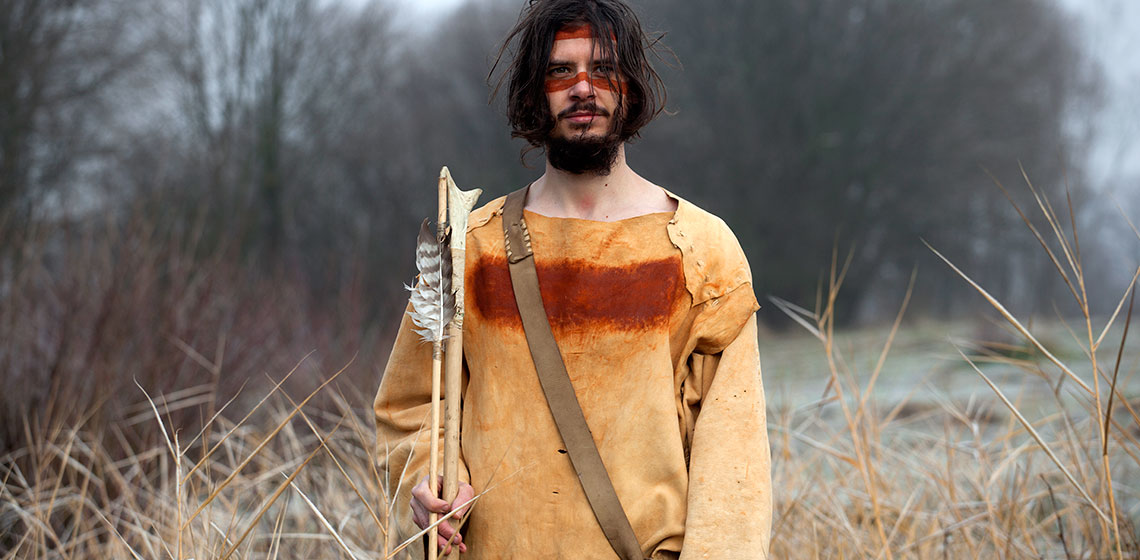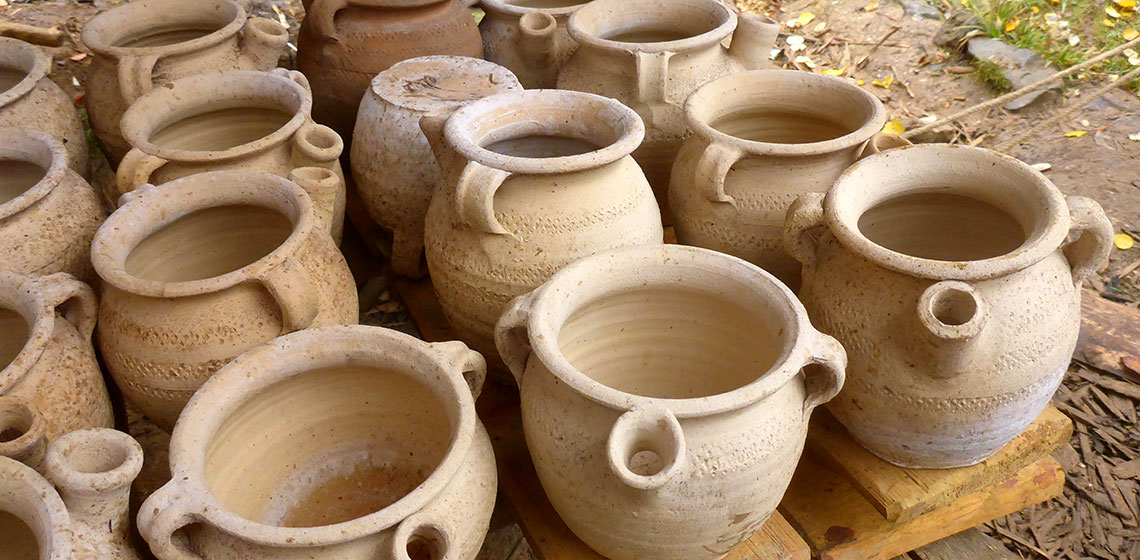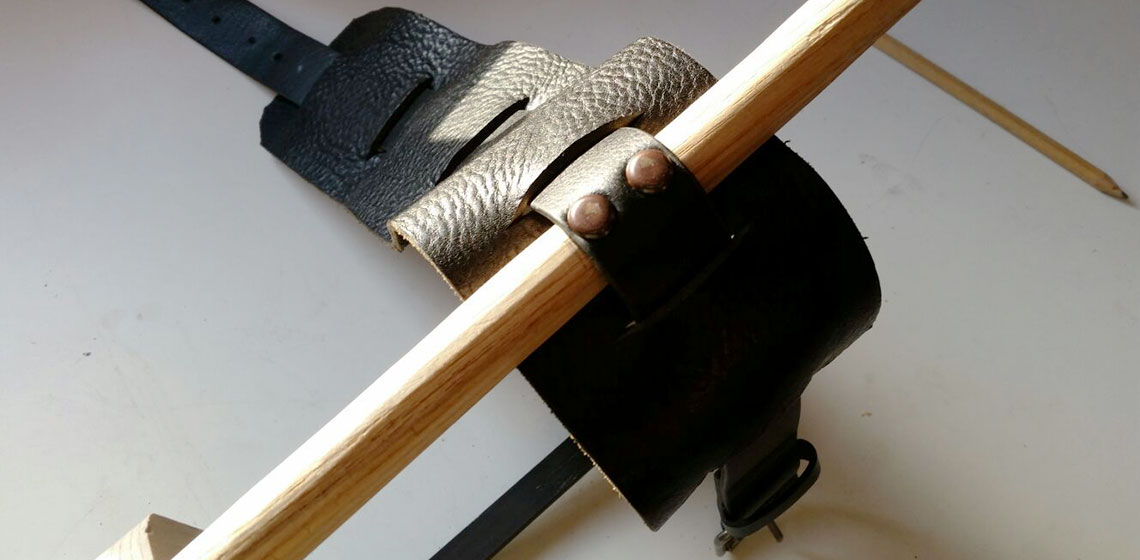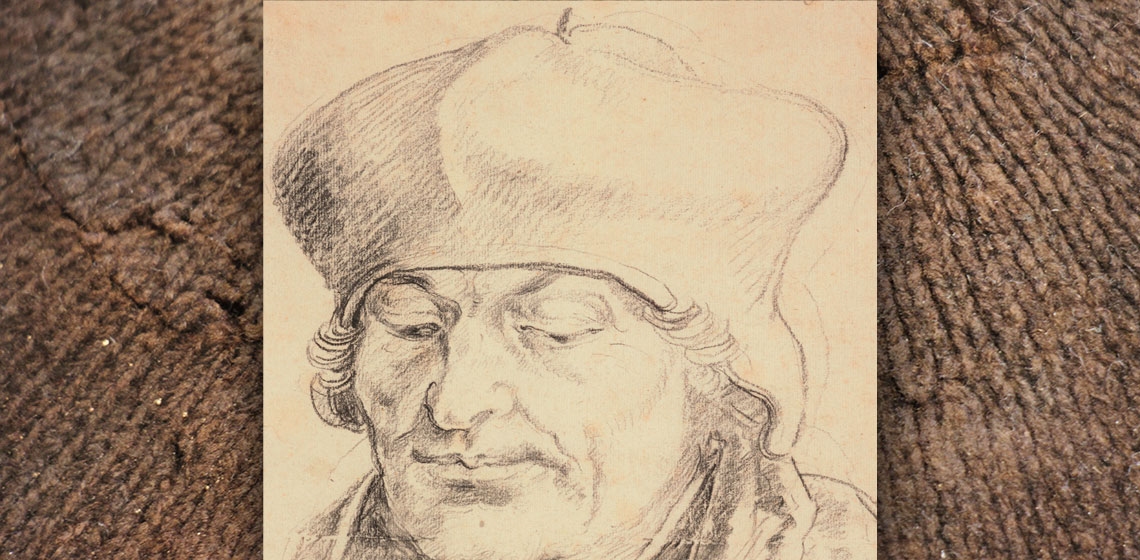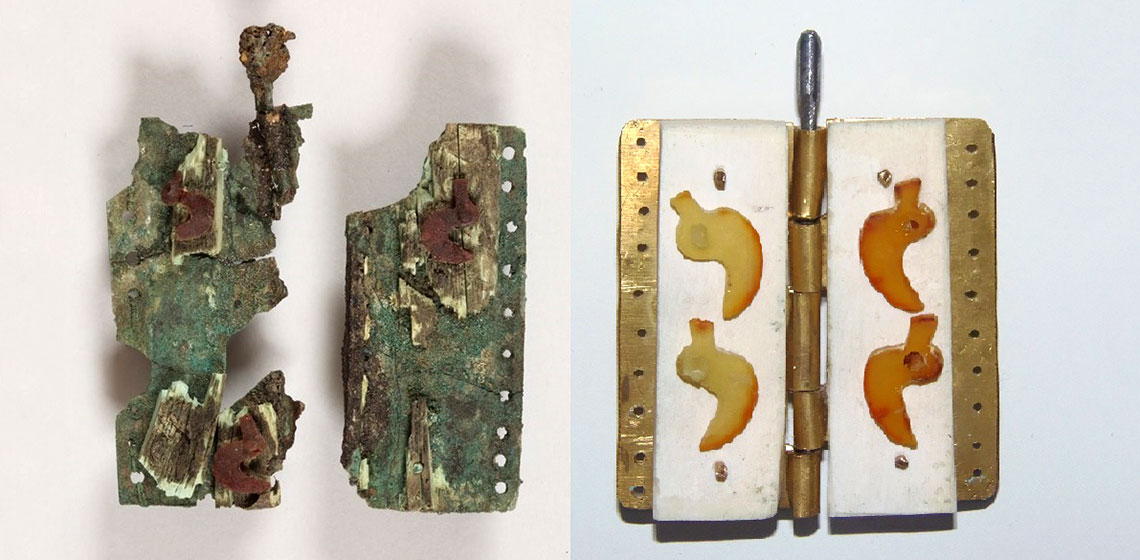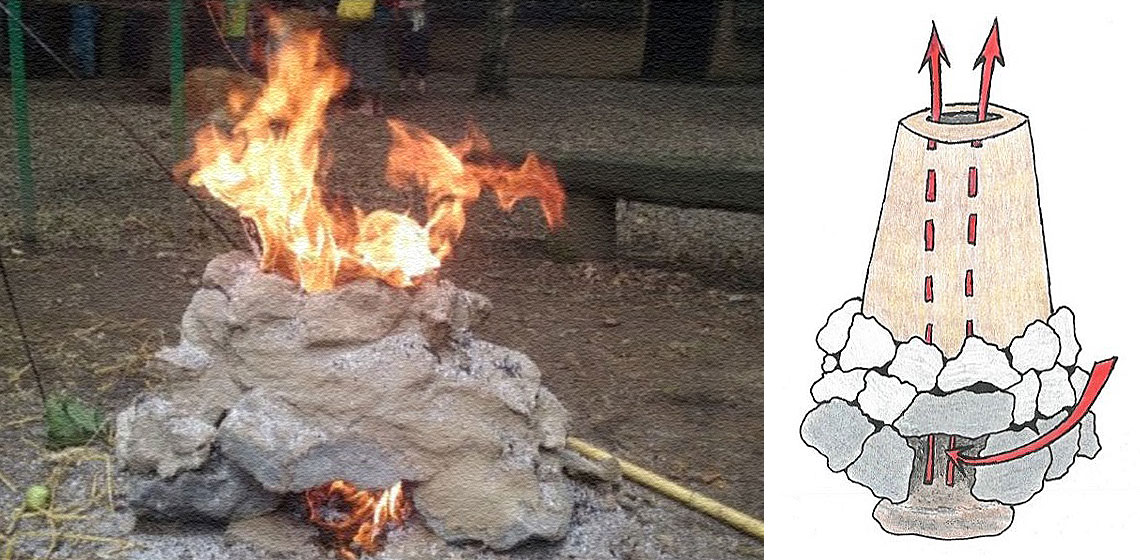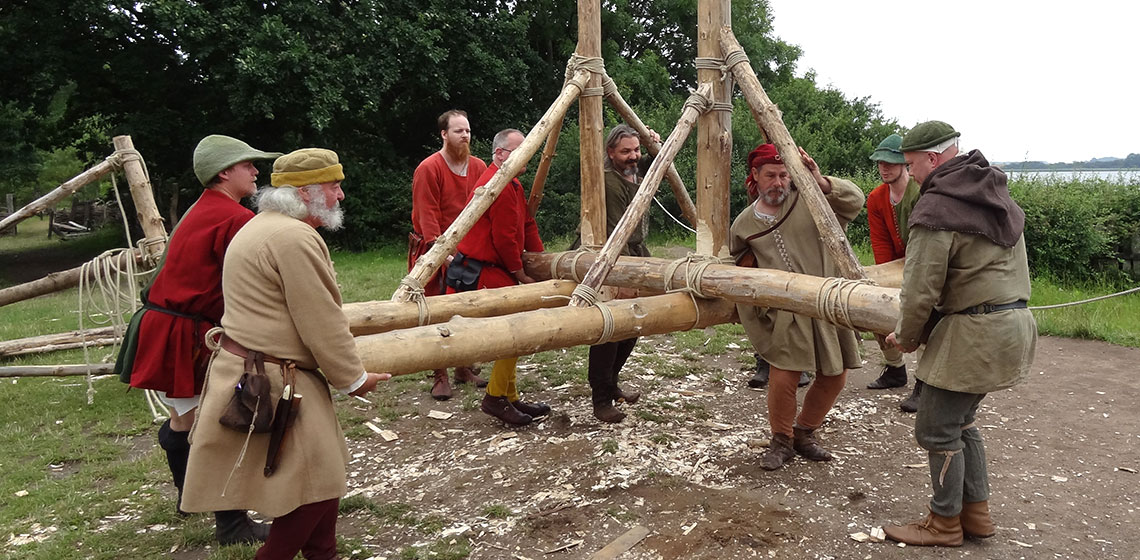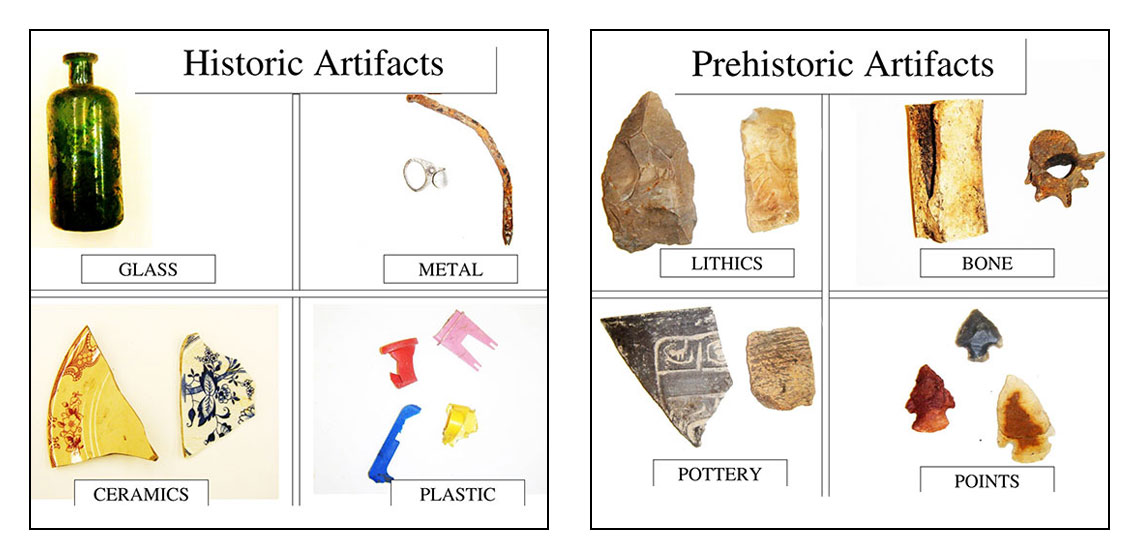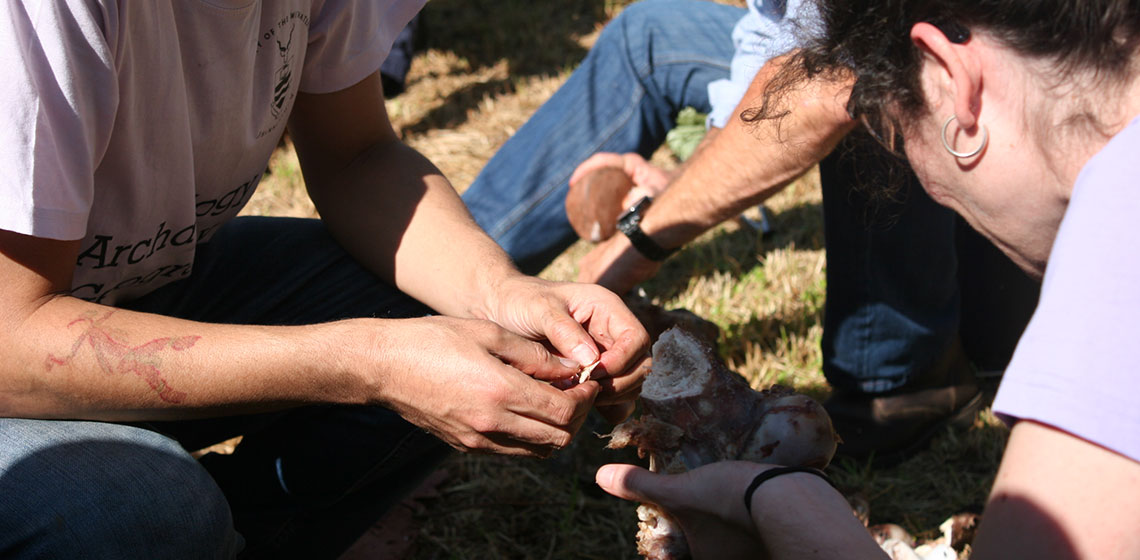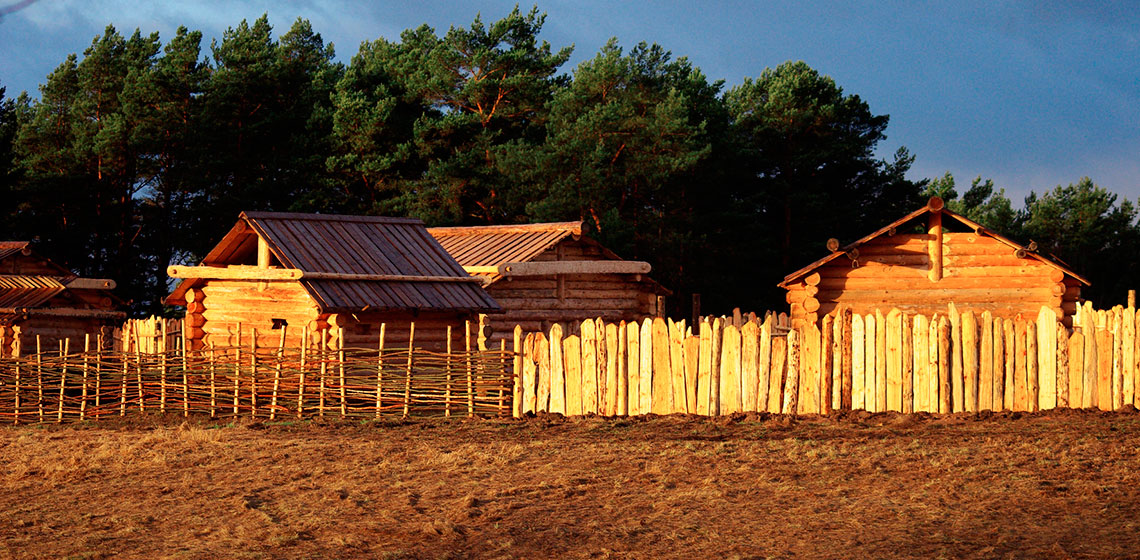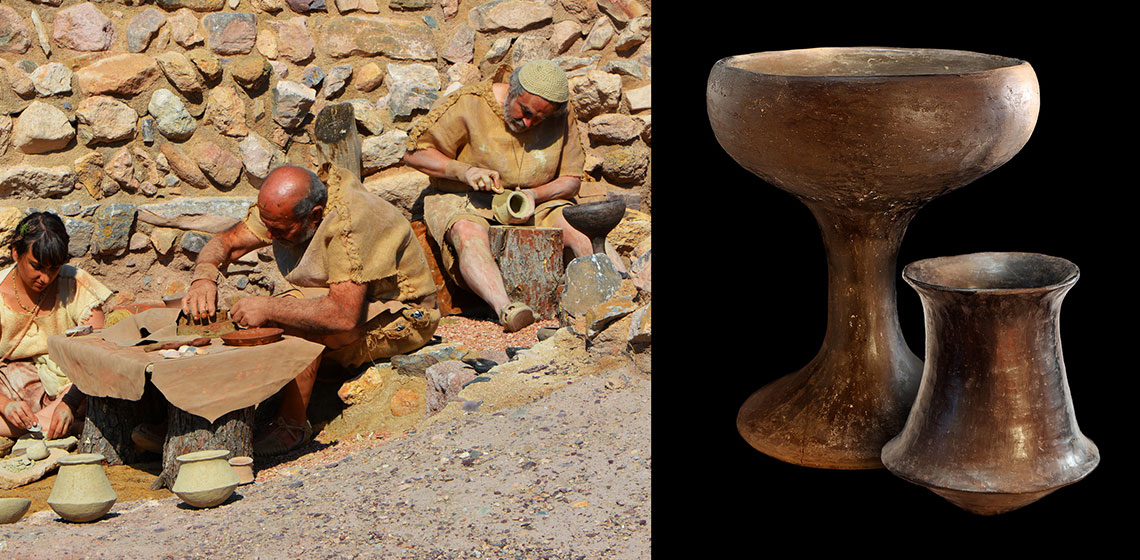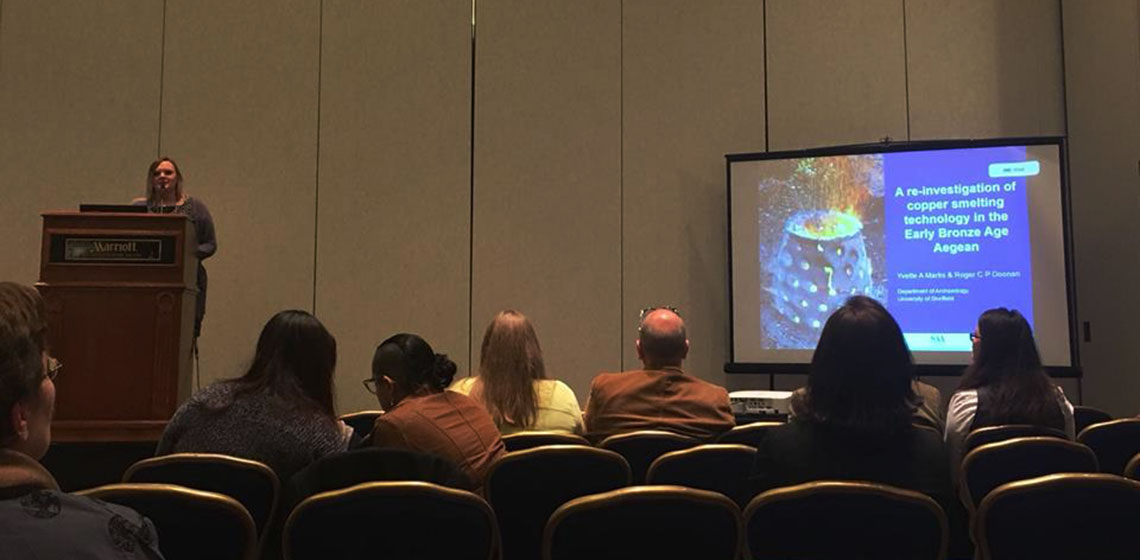EXARC Journal Issue 2018/3



15 Articles | DOAJ | Open Access
ISSN: 2212-8956
Publishing date: August 25, 2018
📄 EXARC Journal 2018/3 Table of Contents
Copyrights: EXARC, 2018
Summary
Late August, we published the EXARC Journal 2018/3. It includes 15, all open access, articles. We publish all about experimental archaeology, ancient technology and interpretation. Articles describe Erasmus, bronze casting in Cyprus, a cloak clasp, trebuchets, museum exhibitions on textiles in Slovakia and public access through archaeology in the USA. The Journal also describes how scientific gain is possible through observing pottery processes, and discusses the reconstruction of prosthetic legs from the 19th century UK. How did the environment collapse at Easter Island and why? What does it take to make a masterpiece cloak clasp from the 7th century BC? Read it all in our Journal.
Reviewed Articles
Prehistoric Dressing for Third Millennium Visitors. The Reconstruction of Clothing for an Exhibition in the Liptov Museum in Ruzomberok (Slovakia)
Scientific Profit through Daily Routine
***The open-air museum Campus Galli is a construction site where we built an early medieval monastery, following the so-called “Plan of St. Gall”, an architectural drawing from the first half of the 9th century (Carolingian period) as our major reference source (cf. Schedl, 2014; Facsimile: Tremp, 2014)...
Experimental Reconstruction of a Nineteenth Century Lower Limb Prosthetic Peg Leg – The Box Leg
***Scientific attempts to understand early prosthesis manufacturing techniques are rare. The academic research of artificial limbs has been limited to the historical analysis of documentary sources. This area still remains a fairly under-researched topic even under the more recent developments of disability studies (Childress, 1985)...
Some Uses of Experiment for Understanding Early Knitting and Erasmus' Bonnet
***Of Erasmus, prince of humanists (1466?-1536), no less than eight portraits from life survive – all eight in the exact same bonnet. A recently published investigation of this iconic garment (Kruseman, Sturtewagen and Malcolm-Davies, 2016) involved establishing a 250-year typology of the bonnet from iconographical sources, compiling technological and economic data from archival sources, and systematic experiments addressing numerous, various and fundamental questions, from yarn characteristics in archaeological knitted textiles to the use (or not) of hatter's forms in the finishing of bonnets.
Moving Monoliths: Easter Island and Environmental Collapse
A Seventh Century BC Picenian Cloack Clasp Made of Iron, Bone, Bronze and Amber: Reconstruction of a Masterpiece
Experimental Archaeometallurgy of Early-Middle Bronze Age Cyprus: Pilot Experiments of Copper Smelting at Pyrgos-Mavroraki
***Pyrgos-Mavroraki, an early 2nd millennium BC proto-industrial settlement, is an excellent case-study on which to apply experimental archaeometallurgy because it presents many different elements connected to the chaine-operatoire of copper metallurgy, typical of Early/Middle Bronze Age Cyprus. The site excavated by the Italian Archaeological Mission of the ITABC-CNR of Rome...


